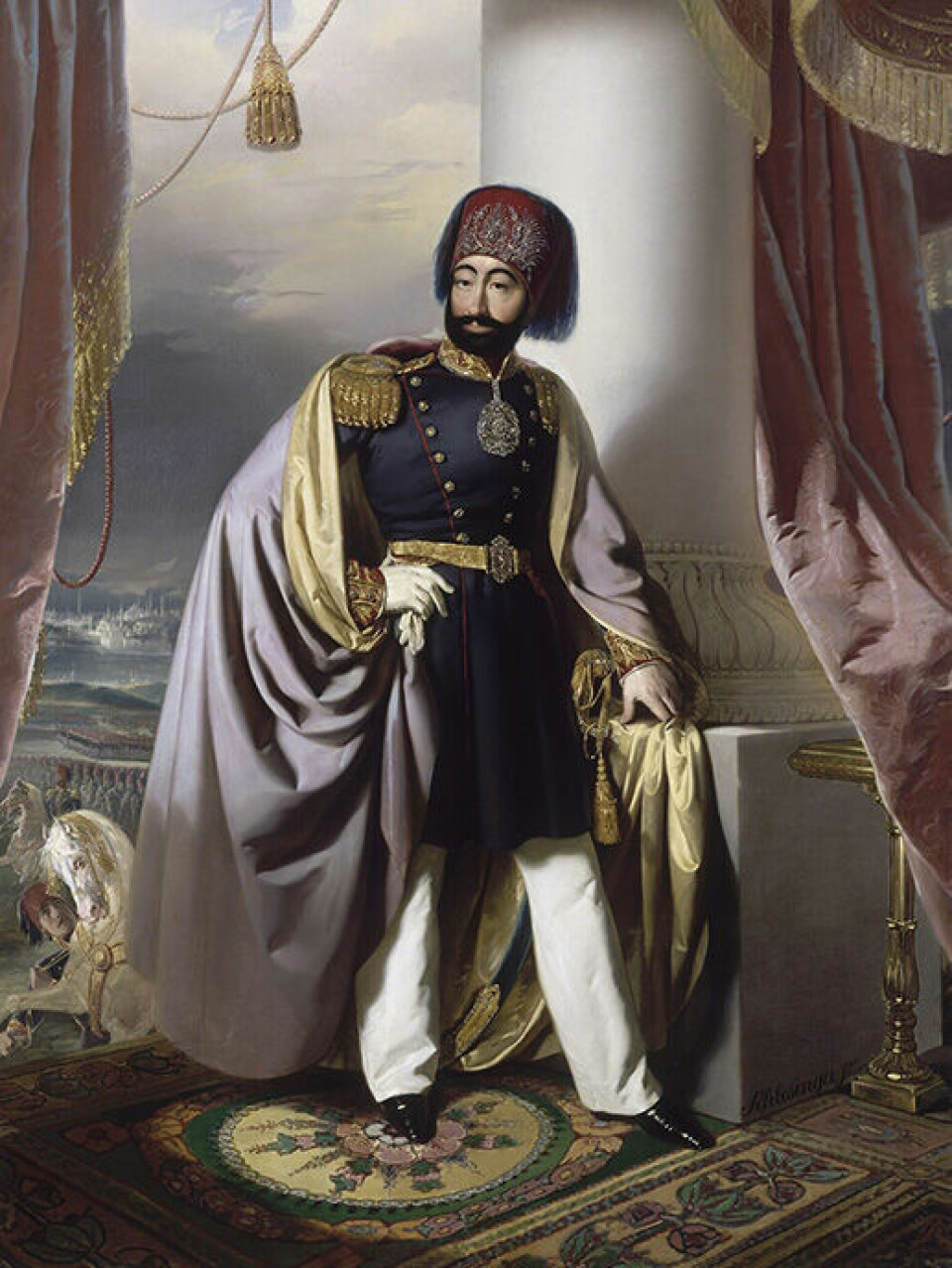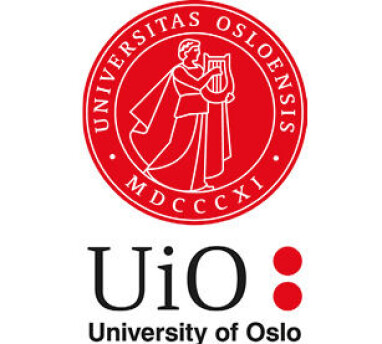THIS CONTENT IS BROUGHT TO YOU BY University of Oslo - read more
How an overlooked plague epidemic changed the Ottoman Empire
While Napoleon invaded Russia, a plague killed hundreds of thousands in Istanbul. The epidemic has been completely overlooked in history – until now, says researcher.

In 1812, Istanbul and the broader Ottoman Empire were struck by a plague epidemic that lasted until 1817 and killed about one third of the population.
But there is strikingly little information about the estimated 300,000 deaths in contemporary sources.
Even as thousands died each day, the epidemic was overshadowed by Napoleon and his ongoing campaign into Russia.
Napoleon dominated like Trump
“It was difficult to make oneself heard. Napoleon dominated the communications and media of the time in the same way Donald Trump does today,” says Einar Wigen, professor of Turkish studies at the University of Oslo.
For instance, the Swedish ambassador in Istanbul reported that nothing had happened since his last letter, even though people were dropping like flies around him.

“If you were a Swedish ambassador, your attention would have been firmly fixed on the alliance against Napoleon. Even amidst a severe plague outbreak, it was reasonable for such events to be overshadowed by other pressing concerns,” Wigen explains.
No visible measures
What is perhaps more surprising is how little the authorities did to contain the epidemic.
“They did nothing. As far as we know, there were no governmental measures,” says Wigen.
This inaction may have stemmed from inconsistent and limited knowledge about the plague. But Wigen also believes it may have been influenced by the internal power dynamics within the Ottoman Empire.
“It's difficult to impose public health measures on people who barely know what they will eat tomorrow,” says Wigen.
This situation draws a parallel to the Covid-19 pandemic in 2020. It was not surprising that resistance to lockdown measures was more pronounced among those who could not seamlessly transition to remote work.
“When living hand to mouth, disease prevention seems like a luxury one cannot afford, or perhaps an unnecessary state intervention,” says Wigen.
The powerful Janissaries
Other factors may also have made it difficult for the Ottoman authorities to implement measures. Wigen points primarily to the Janissaries.
These were soldiers in an elite army which, when established in the 1300s, had no loyalty to anyone other than the Sultan. But over time, these positions began to be inherited, and by 1812, the Janissaries were so powerful that they could overthrow the Sultan if they were not satisfied with him.
“The Janissaries would likely have opposed the implementation of strict rules about movement. They were a power factor that hindered such interventions,” says Wigen.

Turning a page in history
It would not last long. In 1826, all the Janissaries were killed and replaced by a conscripted army. The Ottoman Empire was entering a period of modernisation that later became known as the Tanzimat, beginning in 1839.
Still, Wigen sees signs of change already in the aftermath of the 1812 epidemic.
“The declaration in 1839 is very significant, but much happens before its arrival. Following the plague outbreak, there was a notable increase in writings about the plague. Suddenly, politics and governance are mentioned in medical dissertations,” says Wigen.
Following the dissolution of the Janissaries, authorities founded a military medical school and began conducting more comprehensive and systematic population counts than had been seen for a considerable time.
“They realise that they must do something to retain the human resources they have. Otherwise, the're likely to lose the wars they are continually involved in,” Wigen explains.
This shift occurred roughly from 1812 and into the 1820s and 1830s. But before Wigen and his colleagues dug into the sources, much of this was overlooked by historians.
Wigen believes this knowledge puts the entire modernisation project of the Ottoman Empire in a different light.
“It’s tempting to say that this plague outbreak kicked off the whole process, but I don’t think that’s entirely accurate. However, I do believe there’s enough here to rethink some of what has been written about Ottoman history previously,” he says.
The plague came with Greek sailors
The Ottoman Empire was not unfamiliar with plague epidemics.
They typically appeared in each generation in the centuries before 1812. But documentation is scarce.
“The Ottoman archive is incredibly rich, but there's little documentation concerning the plague. It's almost as if the state does not view disease as an object of governance, something they can do something about,” says Wigen.
But this changed with the epidemic from 1812 to 1817.
And the sources that exist agree on at least one point: it was Greek sailors who brought the plague to Istanbul.
“Two sources claim it was Greek sailors, and so far, we have no sources that suggest otherwise. Greek ships were central to the trade networks of the time, so it’s very plausible,” he says.
This research sheds entirely new light on a transitional period in Ottoman history.
“The outbreak in 1812 shows that the Ottoman Empire did very little to limit the spread of infection. At the same time, the epidemic led the state to begin regarding the plague as something that could be managed. The measures for disease prevention were a gateway to modernise the Ottoman Empire,” he says.

This content is paid for and presented by the University of Oslo
This content is created by the University of Oslo's communication staff, who use this platform to communicate science and share results from research with the public. The University of Oslo is one of more than 80 owners of ScienceNorway.no. Read more here.
More content from the University of Oslo:
-
Queer opera singers: “I was too feminine, too ‘gay.’ I heard that on opera stages in both Asia and Europe”
-
Putin’s dream of the perfect family
-
How international standards are transforming the world
-
A researcher has listened to 480 versions of Hitler's favourite music. This is what he found
-
Researcher: "AI weakens our judgement"
-
New, worrying trend among incels, according to researcher




































